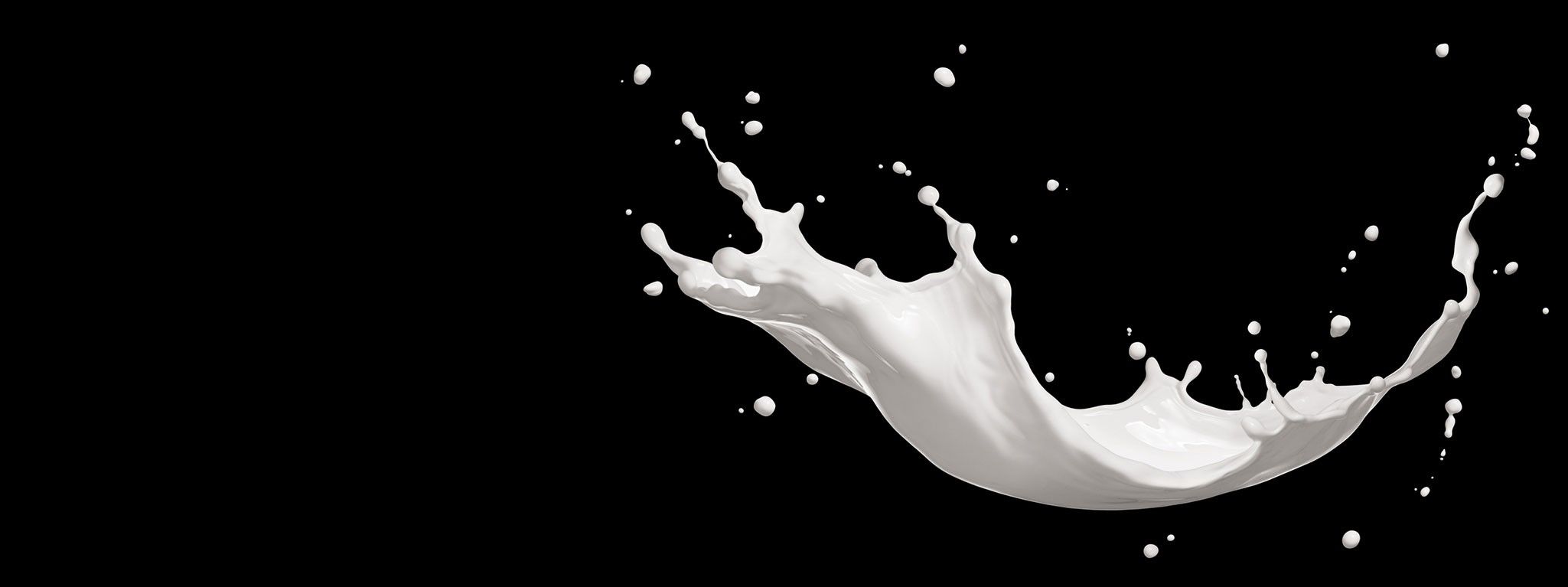Got Milk? Addressing Fragmentation in the TV Landscape

There’s a common refrain we keep hearing across the industry to rationalize a decrease in linear TV viewership, especially over the last year. Where have all the viewers gone? They’ve shifted to OTT, of course! Cord cutting and cord shaving became the new buzz words heading into 2021 as advertisers jumped on board to better understand what assumptions were telling them: people aren’t watching less, they’re just watching elsewhere.
While it may be easier for partners to make a blanket statement like cord shaving and cord cutting implies, we simply cannot attribute all of TV ratings decline to a migration of eyeballs. Perhaps there’s more at play in TV land than technology partners would like to admit; viewers are in fact more difficult to reach, not because of what screen they’re watching on, but because they’re oversaturated with content. The proliferation of streaming services has further fragmented an already complicated marketplace, contributing to what an anonymous network source has called, “death by 1,000 paper cuts”.
We’ve essentially seen a shift from a focus on the quality of content to a “if you build it, they will come” mentality. What we’ve seen over the last several months is that this approach, put quite simply, is failing. Linear TV has always relied on historic flagship events like the Superbowl, Grammys and the NBA playoffs, viewing of which all took a nosedive in 2020. On the other hand, a stand alone event like Prince Harry and Meghan Markle’s interview with Oprah captivated audiences, topping north of 17M viewers in 2021, according to Nielsen. Did Grammy audiences simply shift from watching music’s biggest night on linear to watching American Idol on OTT? While we all may wish it was that simple of an apples to apples comparison, it isn’t the case.
The easiest way we’ve found to explain this shift is what industry expert and friend Andrea Olivia calls, the “Milk Theory”. We’re getting into dairy specifics here, so humor me. In 2020, the milk category overall rose a whopping 7.8% to just over $16M. The dairy market, on the other hand, is experiencing quite the opposite: in 2010, 55 billion pounds of milk were sold in the United States. By 2018, that figure dropped to 47.7 billion, a decline of about 13%. The explanation for how both of these are true is simple: options. 10 years ago, let’s say there were basically two milk options: dairy (skim, 2% and whole), and soy. 5 years ago, we’ll assume there are three milk options: dairy, soy and almond. Flash forward to now, and we’ll put the number of options at ten: dairy, soy, almond, pea, oat, macadamia, cashew, coconut, hemp, and a variety of mixes of what’s already been mentioned. How does consumption change? Let’s walk through a scenario.
In 2010, people bought 1M gallons of milk:
- 900,000 gallons of dairy milk
- 100,000 gallons of soy milk
In 2015, people bought 1.2M gallons of milk:
- 800,000 gallons of dairy milk
- 200,000 gallons of soy milk
- 200,000 gallons of almond milk
In 2020, people bought nearly 1.5M gallons of milk:
- 700,000 gallons of dairy milk
- 100,000 gallons of soy milk
- 300,000 gallons of almond milk
- 400,000 gallons of ‘other’ milks (pea, hemp, cashew, oat, etc.)
Increased access to options drives increased consumption of a product category (1M gallons of milk to 1.5M gallons of milk), as people with specific needs find niche products to fill those needs. Increased access to options also fragments the market, as more people consume across these varieties of options, which always comes at the expense of the original biggest player in the industry (in this example, it’s dairy milk, who fell from 900,000 gallons to 700,000 gallons).
TV viewership is experiencing this same change. As access to a wider variety of video and other forms of entertainment becomes greater and greater, with more players in the space, entertainment consumption fragments and comes at the expense of the original major player: linear TV and appointment viewing events. While it’s true that people are consuming more content than ever, they are doing it across such a wide and fragmented variety of platforms that specific, individual content types have seen the trend in overall viewership go down.
The TV viewing experience is much more custom than it used to be. Advertisers and their technology partners should be wary of attributing causation of obstacles like declining viewership to simple answers like a shift in device preference; the reality is, the measurement of TV viewership is not an equal value exchange of minutes, thanks in large part to a multitude of factors vying for viewers attention: time, interest, recency, access and much, much more. It’s a tall order (pun intended) in today’s landscape, but it’s time to embrace the way that consumers have changed by understanding evolving measurement capabilities, beyond a numbers game, to do more with advertiser’s media investment.
